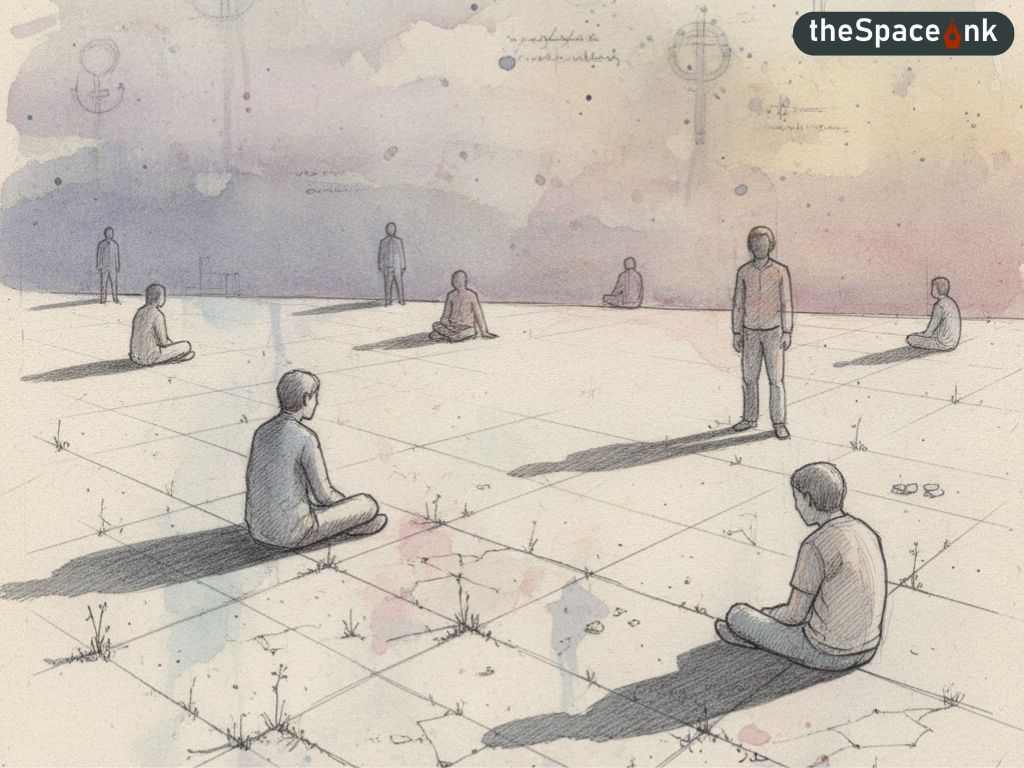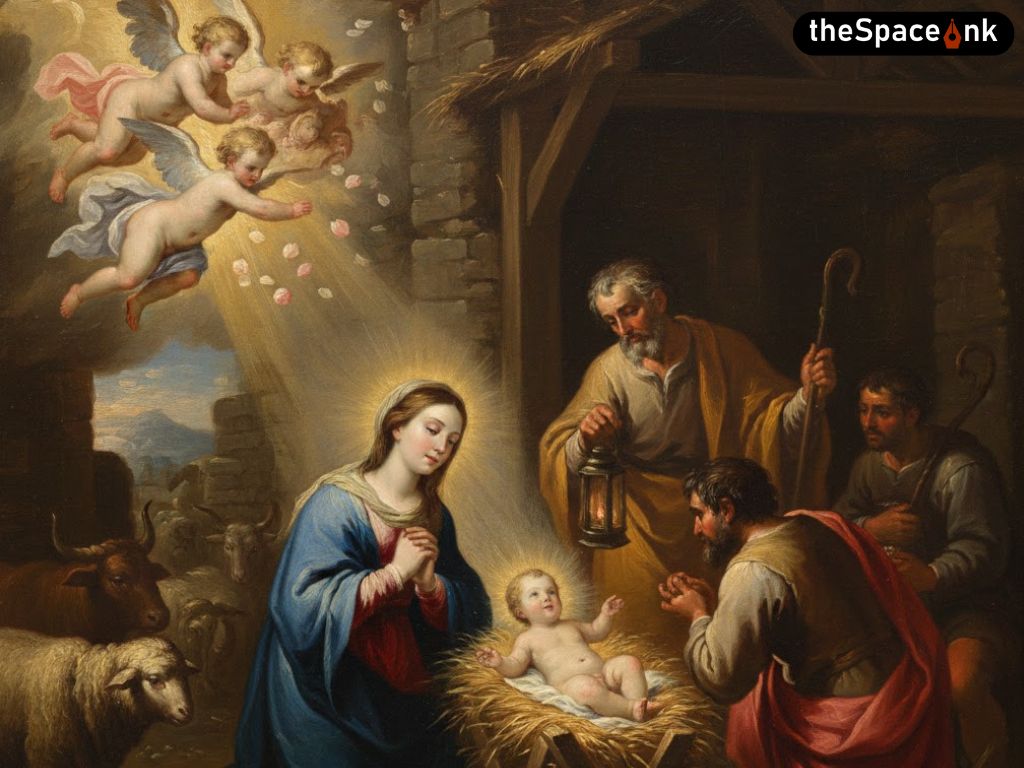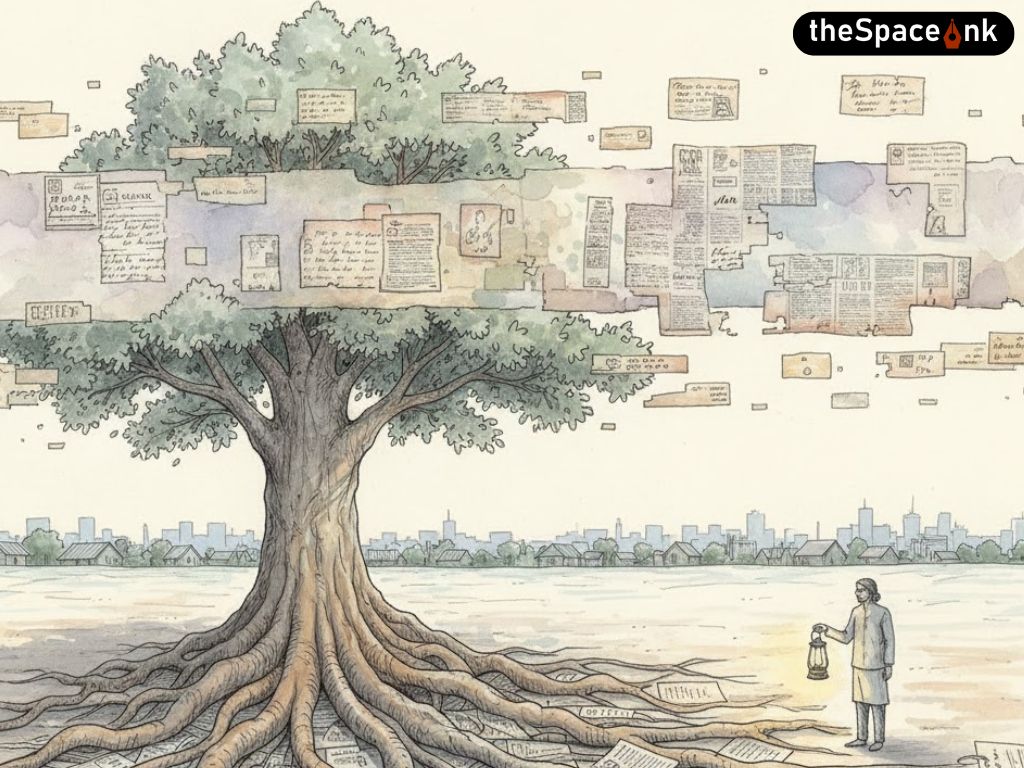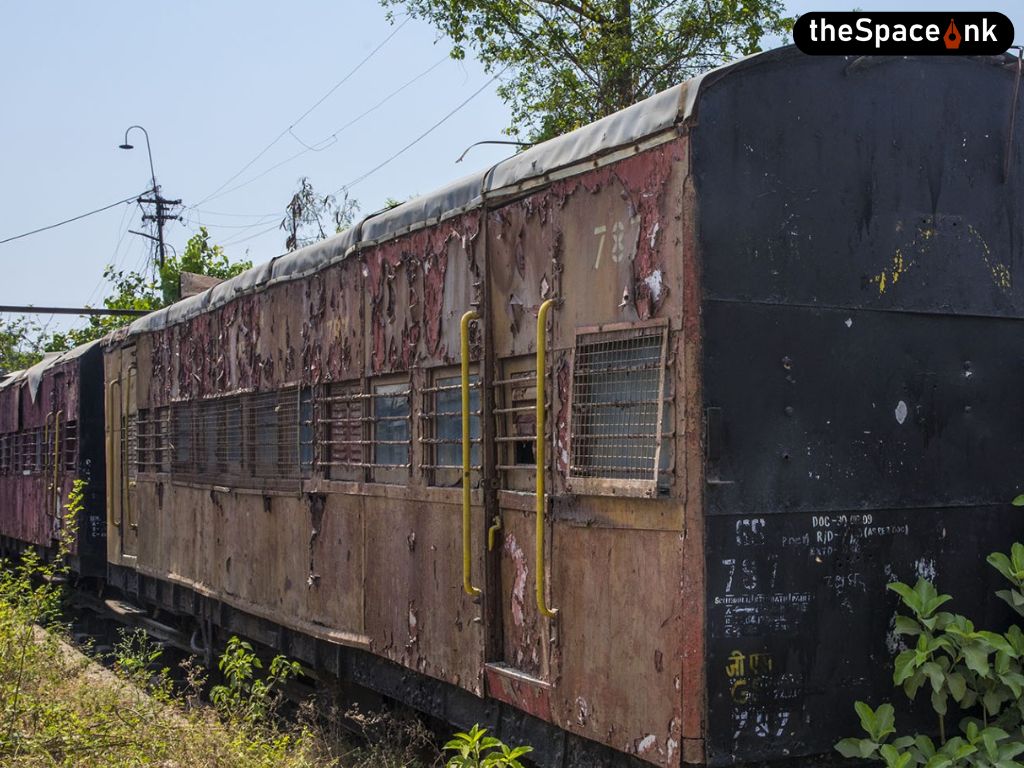“You are clouds, came with the winds, lingered for a while, on the sky, burst and vanished into some remoteness/We are rocks, stuck in our places, knowing that those who go away shall never return.”
– Naaz (Meena Kumari)
I have never had the good fortune of meeting Meena Kumari in person. In those days, film stars kept a very low profile and personal meetings were rare. Meena Kumari was no exception. She, like many others, wore milk white saris and blouses at public functions or covered herself completely with a burqa. She was not as accessible to journalists and media people like stars today are. Her visibility was precious and rare.
Her screen identity was not just confined to her fame as “the tragedy queen of Indian cinema” but also, and perhaps more importantly, was linked to her sonorous, sensual voice and the slow and languorous manner in which she delivered her dialogue. The saddest reality of Meena Kumari’s life, born as Mahjabeen Bano, is that her real life was a much greater tragedy than all her screen roles put together. She never was given the opportunity to go to school because they were steeped in poverty and the family almost forced her to become an earning member, much before she understood the meaning and implications of being an “earning member.” She began her career in films at the tender age of four as a child actor. Her father, Ali Bux, was a Sunni Muslim and acted in Parsee theater other than playing the harmonium professionally. He also acted in minor roles in a few films but could not make any headway. Her mother, Iqbal Begum, was a stage actress named Prabhavati Devi who converted to Islam when she married Ali Bux and acted in plays before her marriage. Legend has it that Prabhavati Devi was directly related to the family of Rabindranath Tagore but this is just hearsay that has never been proved.
When her mother delivered Meena Kumari, her father could not pay the doctor’s fee and left her outside an orphanage. But he changed his mind and brought her home almost immediately. Her first role was as a child actor in Vijay Bhatt’s film Leatherface on a one-time fee of Rs.25 which was no mean sum way back in the 1930s. She began to get more and more roles as a child actor and though she was admitted to a school, she had to quit because of the burden of work. By then, she was the sole earning member of the family and this gave her a great sense of satisfaction. She continued to act in Vijay Bhatt’s films and it is Bhatt who gave her the name Meena Kumari. By the age of eleven or twelve, she had acted in around 12 to 13 films and became a very popular face in Hindu mythological films and Islamic historical and love legends like Alladin and Jaduee Chirag with Mahipal. During her early years, Meena Kumari also sang in the films.

Her classic histrionic journey began with the musical love legend Baiju Bawra (1952) and also made her debut in two major advertisements. This was followed by the role of Lallita in Bimal Roy’s Parineeta (1953). Over her career, Meena Kumari bagged four Filmfare Awards in the Best Actress category. She was the recipient of the inaugural Filmfare Best Actress Award for Baiju Bawra in 1954 and had a consecutive win in the second Filmfare Awards (1955) for Parineeta. Kumari made history at the 10th Filmfare Awards (1963) by receiving all three of the Best Actress nominations, and won for her performance in Sahib Bibi Aur Ghulam. In the 13th Filmfare Awards (1966), she won her last Best Actress award for Kaajal. Strange that the National Award continued to avoid her.
Baiju Bawra’s songs, the lead pair’s performance, the story itself touched a chord with the Indian audience and the film was a mega hit; Meena Kumari had arrived. What followed after this was a string of successes — Parineeta, Dil Apna Aur Preet Parayi, Kaajal, Sahib Biwi Aur Ghulam, Aarti, Mere Apne and Bahu Begum to name a few. Even her swan song Pakeezah, a story with which she possibly identified the most, started dull at the time of its release but was lapped up by audiences after her death.

But the most beautiful role of her career was that of Chhoti Bahu in Guru Dutt’s period film Sahib Bibi Aur Ghulam. The story goes that Meena Kumari’s slow and steady decline into alcoholism was perhaps the impact of her role in this film but no one really knows whether she took to drinking on doctor’s orders or whether this happened while she was working in Sahib Bibi Aur Ghulam which shows the bahu of a once-aristocratic Bengali zamindar family getting sucked into alcoholism to draw her husband away from his regular kothewali.
She enjoyed a brief spell of happiness after falling in love with Kamal Amrohi who made only four memorable films. Among these was Daera which reflected partly, her life with Kamal Amrohi who was not only married with grownup sons, but was also much older than Meena Kumari. The marriage did not last and over a period of time, she felt suffocated with the strict control Amrohi kept on his wife, her career, her social life and also, on her income. They divorced and she lived alone, till Amrohi approached her to play the title role in Pakeeza, a Muslim-social love story with great music for a token fee of one rupee. Meena Kumari agreed but by this time, her health was steadily failing her. When Pakeezah turned out to be a huge success, Amrohi or his family did not bother and failed to acknowledge her contribution to its success.
In 1972, Vinod Mehta wrote Meena Kumari The Classic Biography. What truly hurts as one reads this well-researched and seamlessly written biography is how she died not only penniless but how, when she tried her best to keep away from alcohol, one sister and her husband Kishore, under the pretense of taking care of her, poured country liquor in the medicine bottle to hasten her death and appropriate the flat she lived in. When she died, there was no money for a decent burial and Mehta details how her body was carted in a four-wheeled cart to the burial ground.
What happened to her earnings? No one knows. She died penniless with not even Rs 3,500/- to spare to pay her hospital fees, despite acting in over seventy films in her short career. She had been admitted to St Elizabeth’s Nursing Home in Mumbai on 28th March, and died three days later surrounded by the people who had played an important part in her life, both personal and professional. Her sisters Khursheed and Madhu; her estranged husband Kamal Amrohi; and various luminaries of the film world, including Begum Para and Kammo, from whose house the Aab-e-Zamzam (holy water from Mecca) was fetched to be spooned into Meena Kumari’s mouth as she was dying.
She passed away at the age of 39 in 1972 from cirrhosis of liver — darling of the audience but miserable all through her personal life. On her 90th birth anniversary today, here is revisiting the short but eventful life of one of the most iconic actors of contemporary India. Meena Kumari was also a very talented poet; she wrote in Urdu under the pen-name Naaz which she is said to have bequeathed to her one-time friend Gulzar, who published her poems posthumously.
Images courtesy: Wikipedia
Shoma A. Chatterji is a freelance journalist, film scholar and author based in Kolkata. She has won the National Award twice, in 1991 and 2000. She has authored 26 published titles of which 14 are on different areas of Indian cinema. She holds two Masters Degrees and a Ph.D. in History (Indian Cinema). She has also won a few Lifetime Achievement Awards from different organizations over time.








